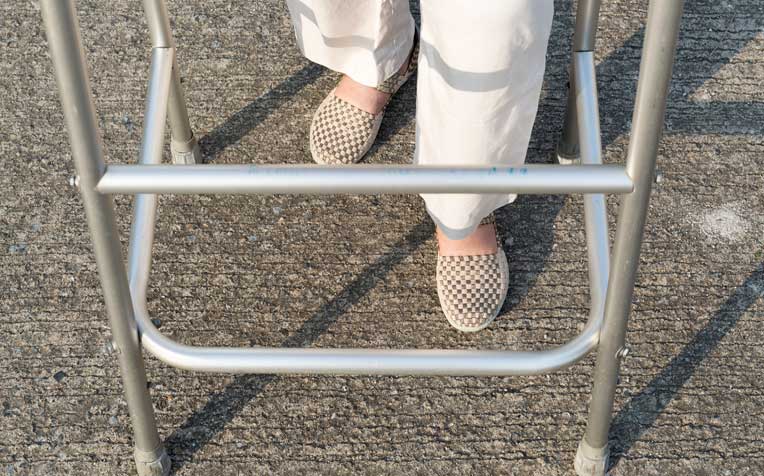HealthXchange will NEVER ask you to transfer money over a call. If in doubt, call the 24/7 ScamShield helpline at 1799, or visit the ScamShield website at www.scamshield.gov.sg.

Hip osteoarthritis can cause pain, stiffness and fracture.
Osteoarthritis, also known as degenerative joint disease is a form of arthritis and causes inflammation in small joints, such as those in the fingers and large joints, such as the knee and hip.
In the elderly, osteoarthritis of the hip is common and the main cause for fractures when the bones become brittle. In Singapore, the number of osteoporosis-related hip fractures in women over 50 years is 8 times more than the number of breast cancer cases.
Symptoms of hip osteoarthritis
- The most common symptom is pain while putting weight on the affected hip, such as during walking or even sitting for prolonged periods of time.
- The pain is typically felt in the groin area or buttocks, or sometimes over the front of the thigh.
- You may limp, which is the body's way of reducing the amount of force that the hip has to withstand.
- Your hip may also feel stiff.
- This will cause difficulty with certain activities such as getting into or out of a low chair or a car, or using the toilet. You may also experience difficulties with crossing over low obstacles on the ground.
- Finally, as the condition becomes worse, pain may be present all the time and may even keep you awake at night.
Diagnosing hip osteoarthritis
- The diagnosis of hip OA starts with a complete history and physical examination by your doctor.
- X-rays will be required to determine the extent of the joint damage and to help the doctor find a possible cause for the damage.
- Other tests may be required if there is reason to believe that other conditions are contributing to the degenerative process.
- Magnetic resonance imaging (MRI) may be necessary to determine whether your hip condition is from problems with AVN.
- Blood tests may be required to rule out other forms of arthritis or infection in the hip.
How is osteoarthritis of hip treated? Learn more in the next page.
Ref. S13
Contributed by
Related Articles
Conditions & Treatments
Public Events
Get the Health Buddy App
© 2025 SingHealth Group. All Rights Reserved.

















 Get it on Google Play
Get it on Google Play